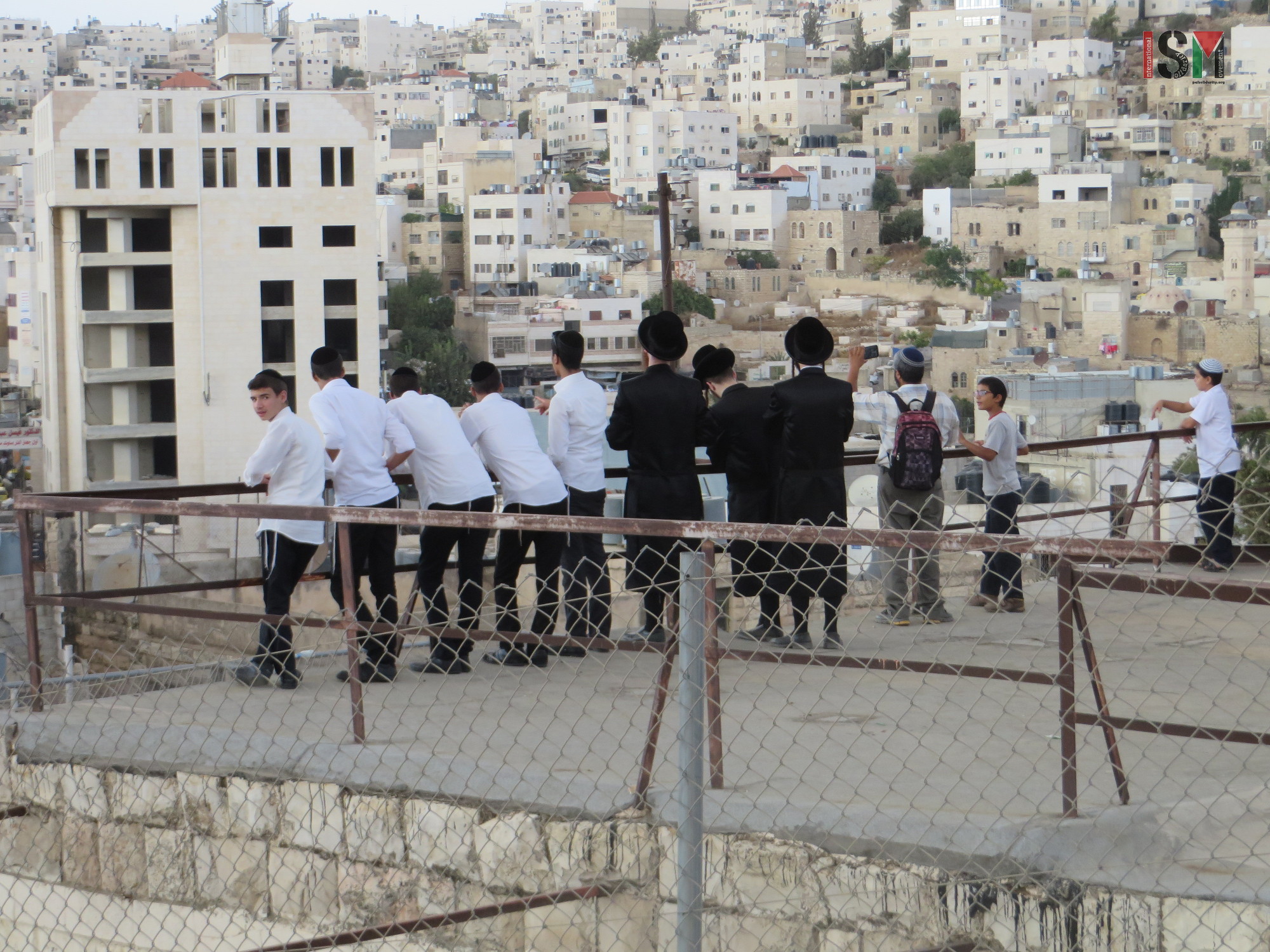-
Israeli forces escalate restrictions and violence against Palestinians during Sukkot-holiday
2nd October 2015 | International Solidarity Movement, Al-Khalil team | Hebron, occupied Palestine Monday, Tuesday and Wednesday, the 28th – 30th September 2015 is the Jewish holiday of Sukkot. In the occupied West Bank city of al-Khalil (Hebron), while Israeli settlers from the many illegal settlements within al-Khalil celebrate their holiday, Israeli forces have escalated […]
-
Three young Palestinians arrested on violent settler’s allegations
1st October 2015 | International Solidarity Movement, Al-Khalil team | Hebron, occupied Palestine Today, October 1st 2015, a 14-year old boy was arrested by Israeli forces in occupied al-Khalil (Hebron) after being accused of stone-throwing by a settler notorious for harassing Palestinians. Mohammed Imad Abu Shamsiyye was taken by Israeli soldiers from right outside his […]
-
Settler violence sharply escalates in Hebron during Sukkot holiday
30th September 2015 | International Solidarity Movement, Al-Khalil team | Hebron, occupied Palestine On the second day of the Jewish Sukkot holiday, hundreds of settlers continued filing into al-Khalil (Hebron) creating mass restrictions and sharp escalations in violence against Palestinians living here. Over a period of two hours dozens of them continuously invaded the roof […]
Action Alert An Nabi Saleh Apartheid Wall Arrests BDS Bethlehem Bil'in Cast Lead Demonstration Denial of Entry Ethnic Cleansing Farmers Gaza Global Actions Hebron House Demolition International law Israeli Army Jerusalem Live Ammunition Nablus Ni'lin Prisoner Ramallah Rubber-coated steel bullets Settlement Settlers Settler violence Tear-Gas Canister Video



